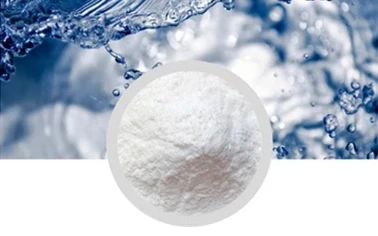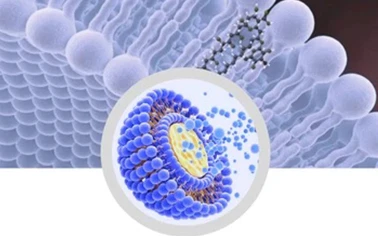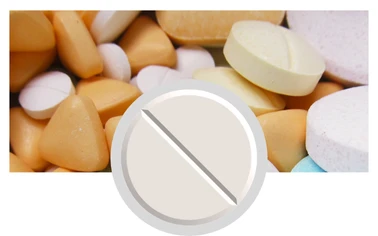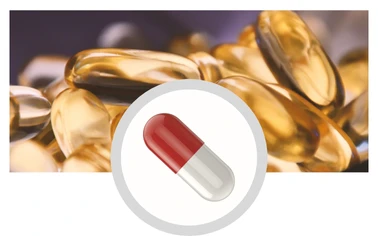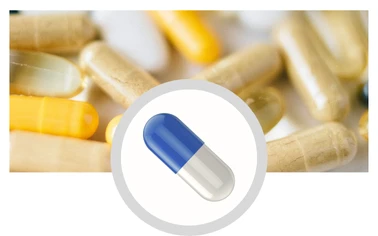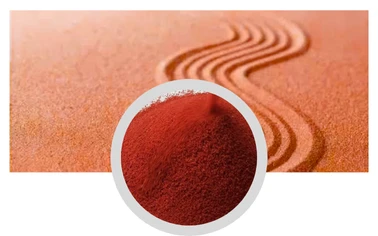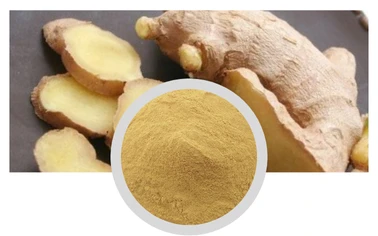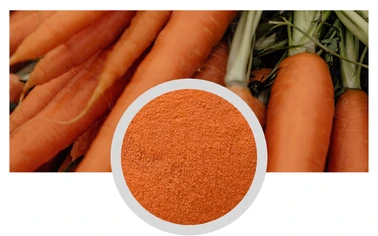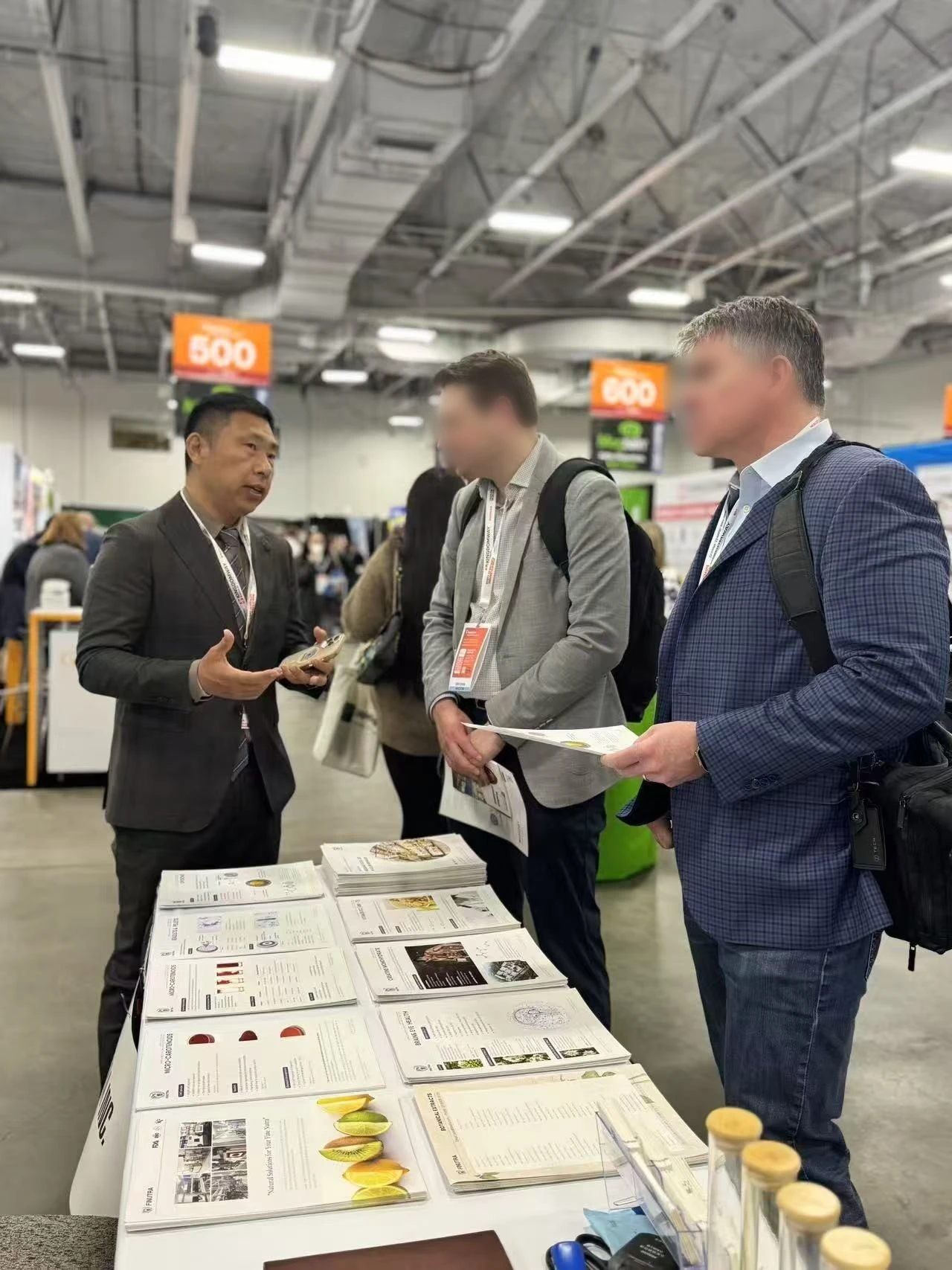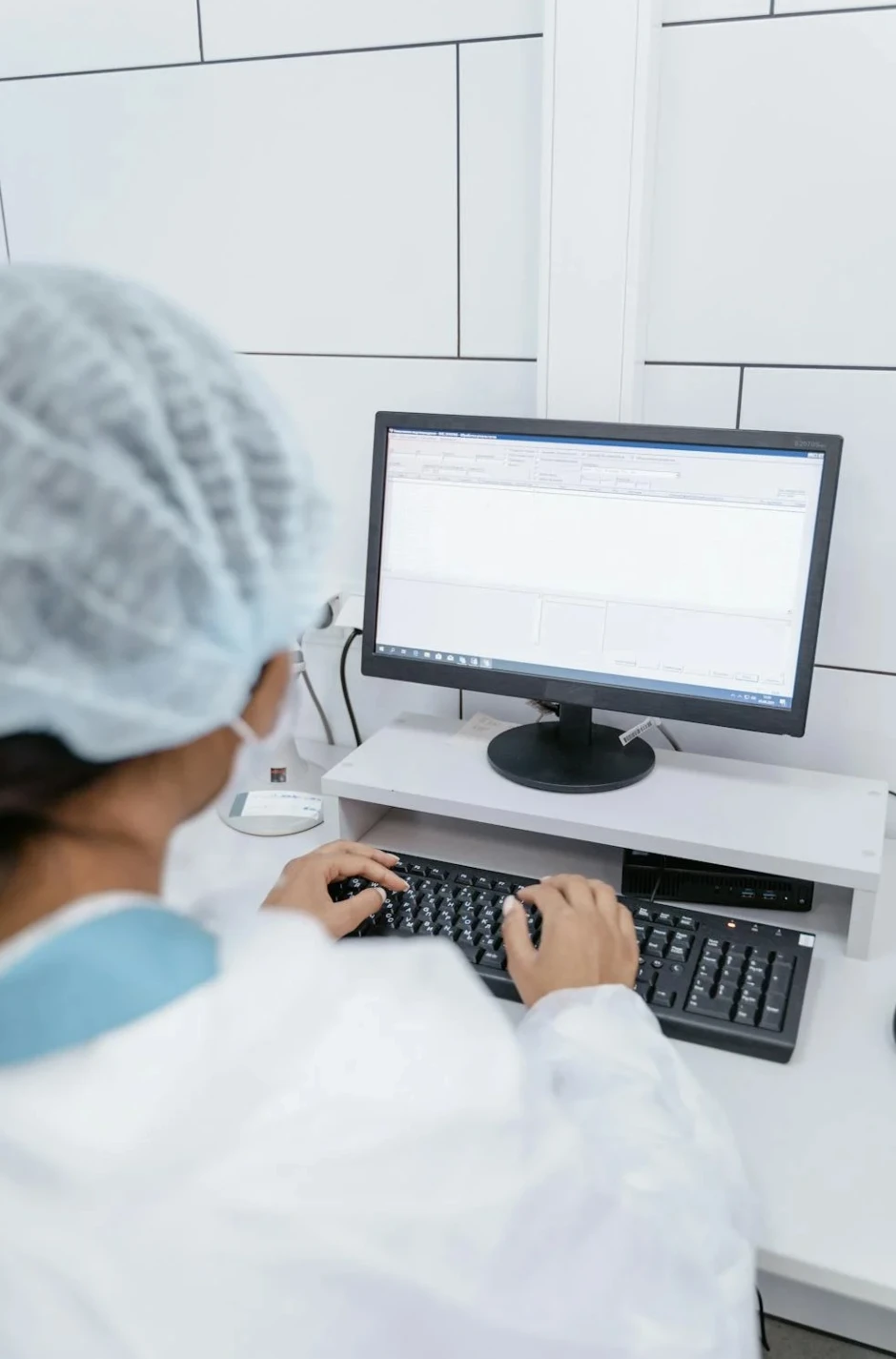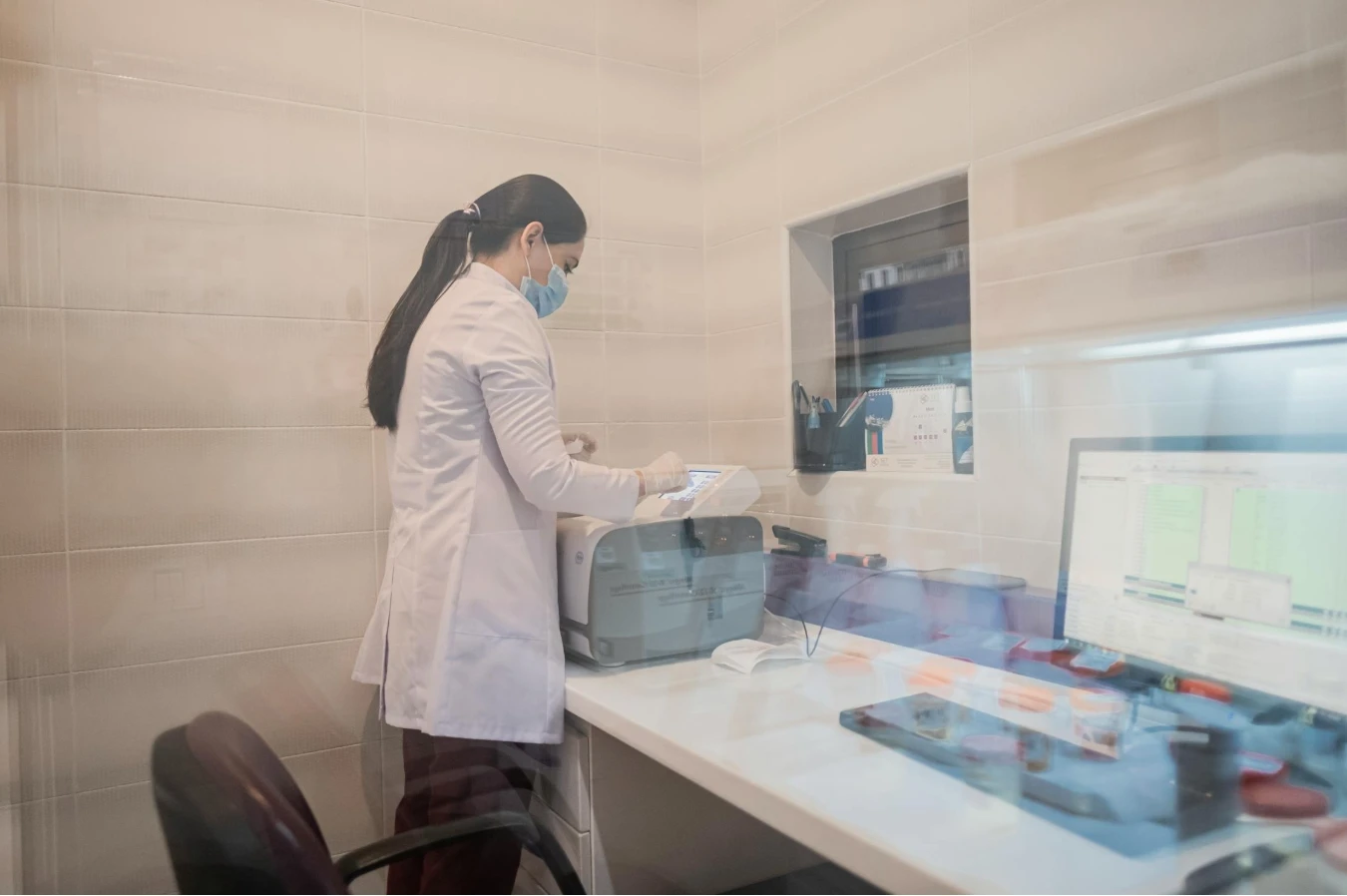Séchage par atomisation en microencapsulation is one of the most widely used techniques for encapsulating active ingredients in a variety of industries, from food to pharmaceuticals. This method involves spraying a liquid mixture of active ingredients and coating material into a hot drying chamber, where the solvent evaporates almost instantly, leaving behind tiny encapsulated particles. Séchage par atomisation en microencapsulation offers several advantages, including fast production rates and the ability to handle both liquid and powdered substances. This technique is highly effective for encapsulating sensitive compounds, such as vitamins, probiotics, and flavoring agents, ensuring their stability and controlled release during use. Moreover, the process is scalable, making it suitable for both small-scale and large-scale industrial applications.
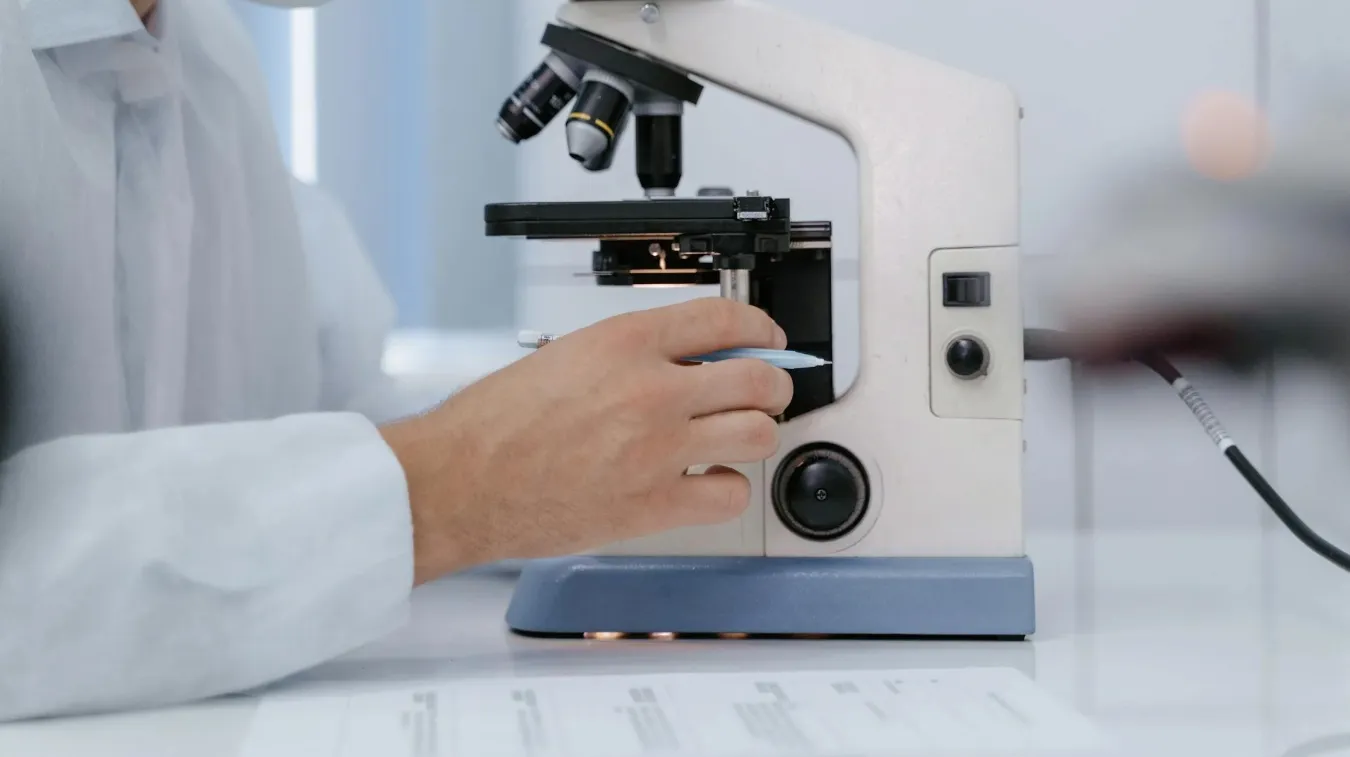
Coacervation Technique in Microencapsulation
Le coacervation technique in microencapsulation is a versatile and effective method for encapsulating a wide range of active substances. This process involves the formation of a coacervate phase, which is a liquid phase that forms when certain polymers are mixed with solvents or other additives. These coacervates then envelop the active ingredient, creating a microcapsule that protects the encapsulated material from environmental factors. The coacervation technique in microencapsulation is particularly suitable for sensitive compounds like enzymes, oils, and flavors, offering excellent control over the release rate and stability of the encapsulated material. By carefully controlling the environmental conditions during the coacervation process, manufacturers can tailor the release profiles and optimize the performance of the microencapsulated product.
Microencapsulation by Solvent Evaporation Method
Another common method for microencapsulation is microencapsulation by solvent evaporation method. This technique involves dissolving the active ingredient and the encapsulating material in a solvent, then evaporating the solvent to form a solid shell around the active substance. The process can be adjusted to create microcapsules with a variety of sizes and release rates, making it a highly flexible approach. Microencapsulation by solvent evaporation method is particularly useful for encapsulating lipophilic substances, such as essential oils, vitamins, and other hydrophobic compounds. The process allows for precise control over the thickness of the capsule wall, which in turn dictates the release behavior and shelf life of the encapsulated ingredients. This method is widely used in pharmaceuticals, cosmetics, and food industries, where it is important to protect sensitive ingredients from degradation due to heat, light, or air.
Air Suspension Method of Microencapsulation
Le air suspension method of microencapsulation is a technique that uses an air stream to suspend particles of the active ingredient and encapsulating material. This method typically involves spraying the liquid or powdered coating material onto a fluidized bed of active ingredients. As the coating is applied, the particles are suspended in the air, allowing for even and consistent coating. Air suspension method of microencapsulation is ideal for creating uniform microcapsules with controlled release characteristics. It is particularly useful in the pharmaceutical industry, where the ability to precisely control the release of drugs is critical. This method is also advantageous for encapsulating powders, granules, and other solid materials. The process is efficient, scalable, and suitable for producing large quantities of microcapsules with high-quality coatings.
Microencapsulation Techniques FAQs
What is spray drying in microencapsulation?
Séchage par atomisation en microencapsulation is a process where a liquid mixture is sprayed into a hot chamber to evaporate the solvent, leaving behind tiny encapsulated particles. It is commonly used for encapsulating sensitive ingredients.
How does the coacervation technique work in microencapsulation?
Le coacervation technique in microencapsulation involves the formation of a coacervate phase, which encapsulates active ingredients. This method is versatile and suitable for a wide range of compounds.
What are the advantages of microencapsulation by solvent evaporation method?
Le microencapsulation by solvent evaporation method provides precise control over the capsule wall thickness, which influences the release rate and stability of the encapsulated material.
What is the air suspension method of microencapsulation?
Le air suspension method of microencapsulation involves suspending active ingredients in the air while applying a coating material. This method creates uniform microcapsules with controlled release characteristics.
What types of industries use microencapsulation techniques?
Microencapsulation techniques are used in a variety of industries, including pharmaceuticals, food, cosmetics, and agriculture, to protect sensitive ingredients and control their release.
Post time:Avr - 28 - 2025



